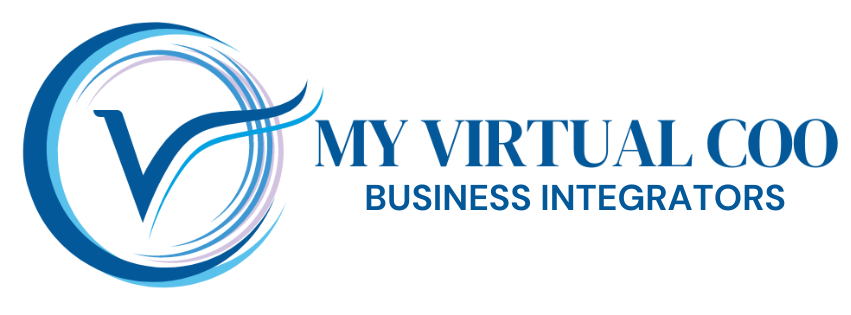The way you approach on boarding a new hire reflects the way you view your staff. Do you consider them a means to an end or an investment in your firm’s future?
I promise you that whichever it is, they will be able to tell fairly quickly and this dynamic will set the tone for the remainder of the relationship. This behavior also sets the standard for their productivity and ability to alleviate the workload of others sooner than later. There is only a small window of time to set your expectations and achieve the impact you hoped with the new hire – this is it.
Advisors who fail to on board properly will cost the firm time and money they couldn’t afford to sacrifice. The time “cost” comes from other team members who have to neglect their own roles to help the new hire. Then, extra capital is needed to offset unnecessary mistakes and productivity loss. This approach is not just a “lose-lose” for everyone involved, but a blow to your bottom line.
Benefits
The most effective method of priming your new hire is by making them feel supported and valued. Doing so increases engagement, which leads to higher quality performance, faster learning, and greater impact. Individuals will go out their way to contribute to your firm’s success when your Employee Experience demonstrates they play a vital role in its future. Whereas,
Individuals who are treated as instruments, rather than investments, will always keep one foot out the door and one eye on the horizon.
I asked a brilliant colleague of mine, Walter K. Booker, to weigh in on this subject. He adds, “Do you want your new colleague to feel like an asset or a utility? In other words, do you want him or her to feel invested in or used? While we may not step back often enough to consider our colleagues’ perspectives, this experience directly correlates with whether they’ll feel motivated to contribute their discretionary best efforts consistently, going above and beyond with and for clients without your having to ask.”
The pre-hire and on boarding processes are your employee’s first exposure to their role and your firm. During this early stage, they’ll learn where they fit in and what roles you expect them to fill. It will also set the tone for how invested they’ll allow themselves to become in the firm. With this in mind, we encourage you to evaluate the following processes and see where your own could use improvement.
Improving the Pre-Hire Process
When your new hire arrives, you should have their resources and materials ready to go. High performing firms systematize their pre-hire process so they have a checklist to follow and aren’t re-inventing the wheel for each new hire.
Another best practice is creating a trackable process for DIY and in-person training, HR paperwork, office tour and access, and more. This allows the manager to delegate and monitor the on boarding process, confirm training is occurring, and ensure the new hire is becoming a fully engaged, valuable member of the team.
You will also want to pre-schedule time to greet your new colleague face-to-face every day in the first two weeks. Seeing a familiar face will put them at ease and give them the chance to ask you any high-level questions they might have about their first days. JGC’s new hire process includes Booker’s favored technique, which task the new hire to scheduling time with each team member to learn about them and their respective departments “so that they can begin to develop synergistic collaborative relationships with their colleagues from the very beginning of their careers with you. After all, from a client’s perspective, everyone’s a part of the team, so getting to know your teammates enables you to serve them better together.”
Maximizing the On Board Experience
The two most important purposes of the new hire on boarding process are (1) to convert your new hires into productive members of the team and (2) make them feel valuable within their first 60 days. There are a few key steps that help you achieve these goals:
Crystallizing the Roles with the Life Career Mission Statement™
A key step to making them feel valuable is to collaboratively refine their Life Career Mission Statement™. This document includes the standard elements of a job description and asks them to start thinking how they can best contribute to the business and themselves. Together, you and your new hire will identify their personal goals, professional goals, the roles they’d like to fill, who will mentor them along the way, and their current responsibilities.
Essentially, you are asking your new hire to collaborate in defining their role in life and career. Again, this step grants them ownership over, and subsequent pride in, the role they are about to fill. It also aligns expectations on both ends to prevent miscommunication going forward. With greater role clarity and focus, team members gain the confidence they need to be competent and productive at work.
Career Pathing – Defining the Long-Term Trajectory
With a better understanding of your employee’s vision, you’ll be able to help them with Career Pathing. This involves outlining where they wish to be in the next year, the next five years, and beyond. This step demonstrates that you are invested in seeing them succeed over the long-term, whether that be with your firm our somewhere else. There is virtually no better way to build a deep-rooted sense of loyalty and dedication than by investing in each team member as an individual. It’s like the old adage—you get out what you put in. Your odds of receiving someone’s “best” are higher when you provide them yours, as well.
Monitoring and Mentoring Along the Way
Schedule a quarterly meeting to listen, mentor, refine goals, assess progress, and tweak the Life Career Mission Statement as necessary. Flexibility is the best policy with long-term milestones, as these tend to evolve as the employee builds a deeper relationship with the company. These quarterly meetings also grant the employee an opportunity to speak with you directly about an issue or concern that could be threatening their work environment or satisfaction.
Time = Growth
Colleagues who feel supported and integrated in the workplace can be invaluable. They can turn into the firm’s greatest resource as a trustworthy advocate. They will go out of their way to invest in the success of the firm beyond their base-line tasks. Their enthusiasm and dedication will ripple out into the client experience and the community to positively reflect your firm.
On boarding and training your staff are huge time commitments, and with so many tasks already on your plate, you may be tempted to curtail or rush through this process. But, consider this: your new hire has the potential to either accelerate business growth or detract from it for years to come. Which do you prefer?
As always, feel free to reach out if you have any questions or share with a friend if you think this information could add value. Good luck transforming your business!
Sincerely,






